Reflecting on the past, it’s fascinating to see how much childhood experiences have evolved. Thirty years ago, the landscape of a child’s life was markedly different, defined by a set of rules and restrictions that seem almost foreign to today’s youth. From technology limitations to societal norms, these restrictions shaped a generation. Let’s delve into 12 specific things kids weren’t allowed to do over three decades ago, highlighting how those rules have either vanished or transformed in today’s world.
1. Using Computers Freely

In the 1980s, computers were a prized possession reserved for adults and work-related tasks. Children were often forbidden from using them, seen as too complex or fragile for young hands.
The computers of that era were not the user-friendly devices we have today; they required specific knowledge and commands. Parents worried about kids accidentally deleting important files or messing with settings.
It’s hard to imagine a time when children weren’t tech-savvy, but back then, computers were mysterious machines, and using them unsupervised was almost unheard of.
2. Watching TV Anytime
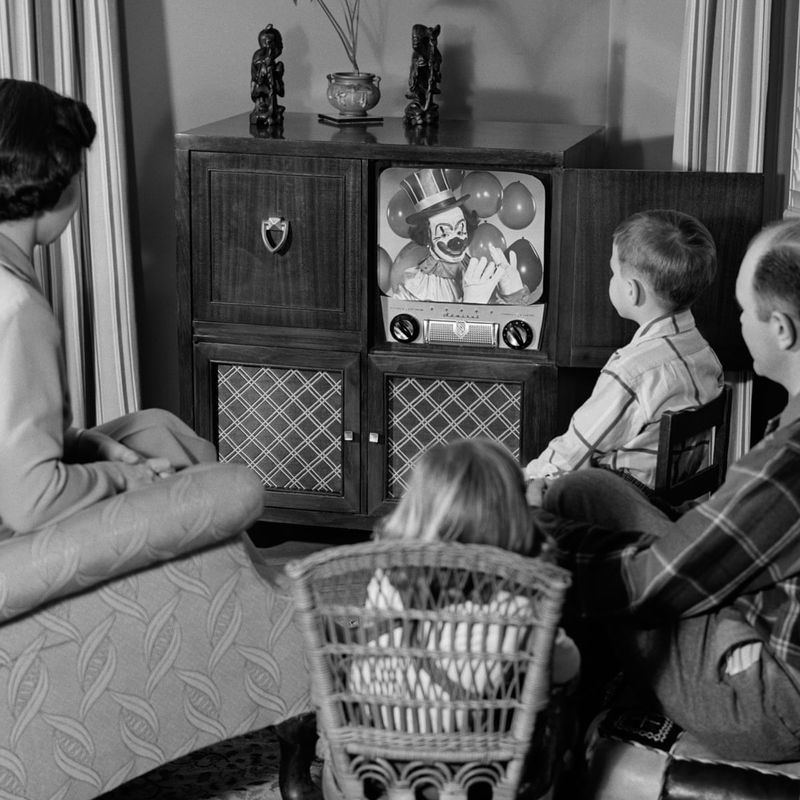
The television was a central piece in the household, but children rarely had free reign over it. Viewing times were typically limited to specific hours, especially after school or weekends.
Parents feared excessive screen time could harm their children’s eyes or hinder homework. Most shows weren’t even targeted towards young audiences, making unsupervised watching impractical.
With only a few channels and scheduled programming, TV wasn’t the 24/7 entertainment source it is now. Kids were encouraged to play outside instead, enjoying the non-digital pastimes of outdoor games.
3. Wearing Casual Attire to School
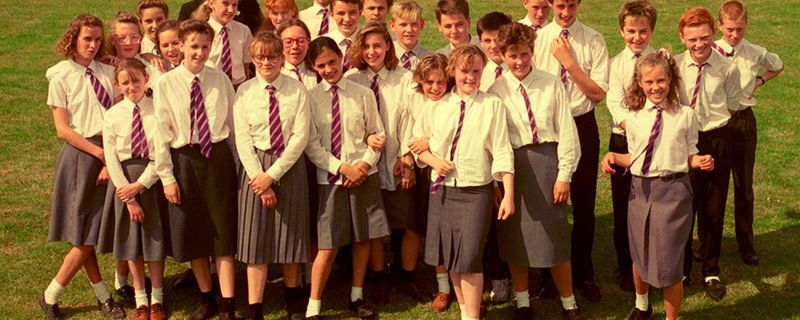
School dress codes were stringent back in the day, with uniforms or formal attire being the norm. Casual wear like jeans or T-shirts was often banned, reserved for weekends or after-school hours.
Parents believed formal clothing instilled discipline and respect in educational environments. The attire was reflective of societal norms, echoing the values of appearance and presentation.
Today, many schools have relaxed dress codes, allowing for more self-expression and comfort. This shift mirrors broader changes in societal values towards individualism and personal freedom.
4. Staying Out Late

A common rule was to be home before the streetlights came on. This curfew was a universal signal for children to return home, ensuring their safety as daylight dwindled.
Parents were wary of the dangers lurking after dark, from traffic to strangers. Unlike today, mobile phones weren’t around to check on kids, making punctuality crucial.
The absence of modern technology made it necessary for children to keep track of time manually. Learning responsibility and time management started early, as missing curfews often led to consequences.
5. Speaking Out of Turn
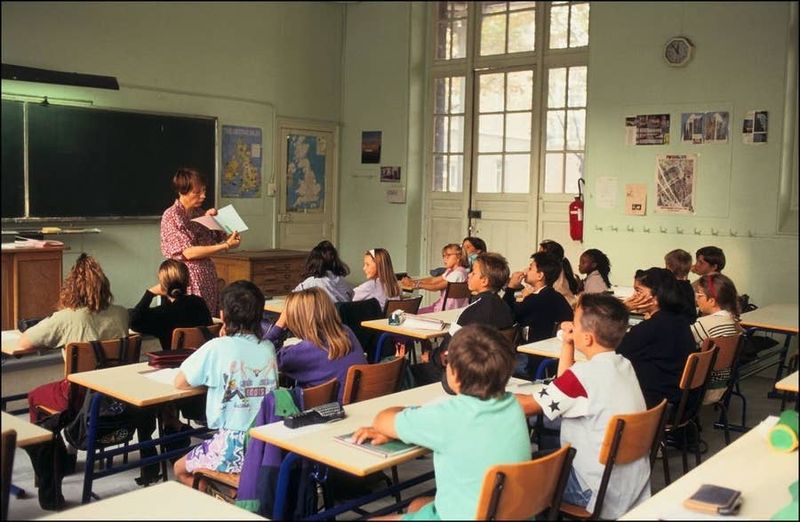
Classroom etiquette was strict, with students required to raise hands before speaking. Speaking out of turn was considered disruptive and disrespectful to teachers and peers.
This rule aimed to instill patience and respect for authority. Teachers upheld discipline, maintaining order to ensure effective learning environments.
Today, many classrooms embrace more open dialogue, encouraging students to express themselves freely. This change reflects a shift towards fostering creativity and critical thinking, rather than mere obedience.
6. Choosing Their Own Extracurricular Activities
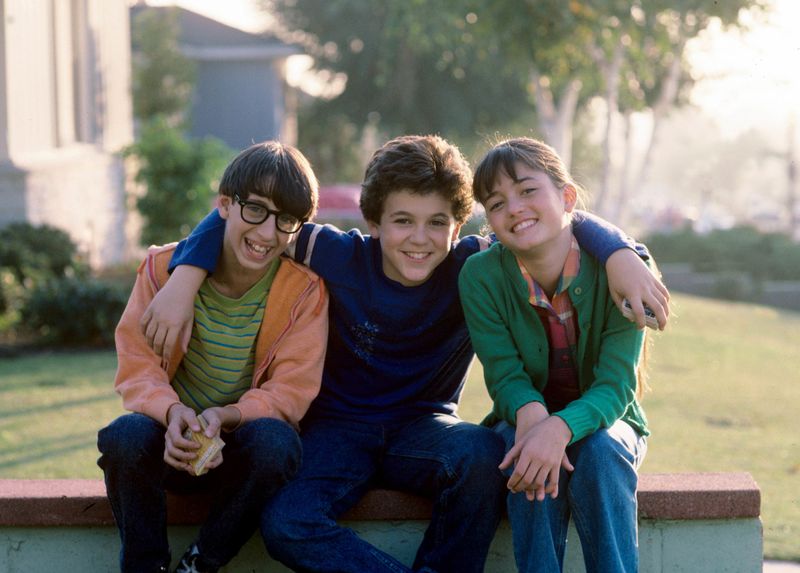
Parental influence was strong when it came to extracurricular decisions. Kids often found themselves in activities chosen by their parents, aimed at building skills or future prospects.
This control was meant to ensure well-rounded development, but it sometimes overlooked children’s personal interests. Many kids participated in activities they had little passion for.
Nowadays, children frequently have more say in joining clubs or sports they genuinely enjoy. This autonomy supports the development of individual passions and talents, fostering more engaging and fulfilling experiences.
7. Using the Telephone

Landline phones were household staples, yet kids were often restricted from using them freely. Calls were usually reserved for emergencies or important family conversations only.
Parents feared lengthy calls would tie up the line, and phone etiquette was a serious matter. Children were taught to answer politely and speak clearly.
The modern world’s shift to smartphones allows kids easier communication with peers. This technological evolution reflects a broader change in connectivity and social interaction norms.
8. Playing Video Games
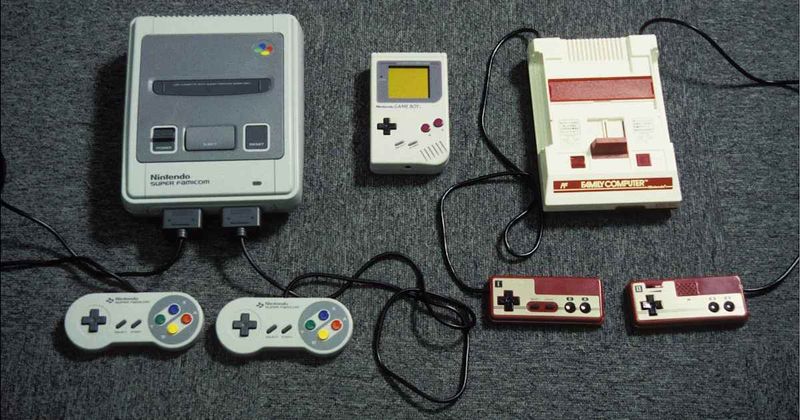
Video games were emerging as a new form of entertainment, but they came with strict time limits. Concerns over addiction and distraction from schoolwork led to monitored playtime.
Parents feared the impact on academics, insisting on balancing gaming with physical activity and homework. The games themselves were simpler, yet captivating.
Today’s gaming culture embraces technology, offering educational and interactive experiences. The evolution from restriction to integration in daily life highlights changing perceptions of technology’s role in learning and play.
9. Reading Comic Books
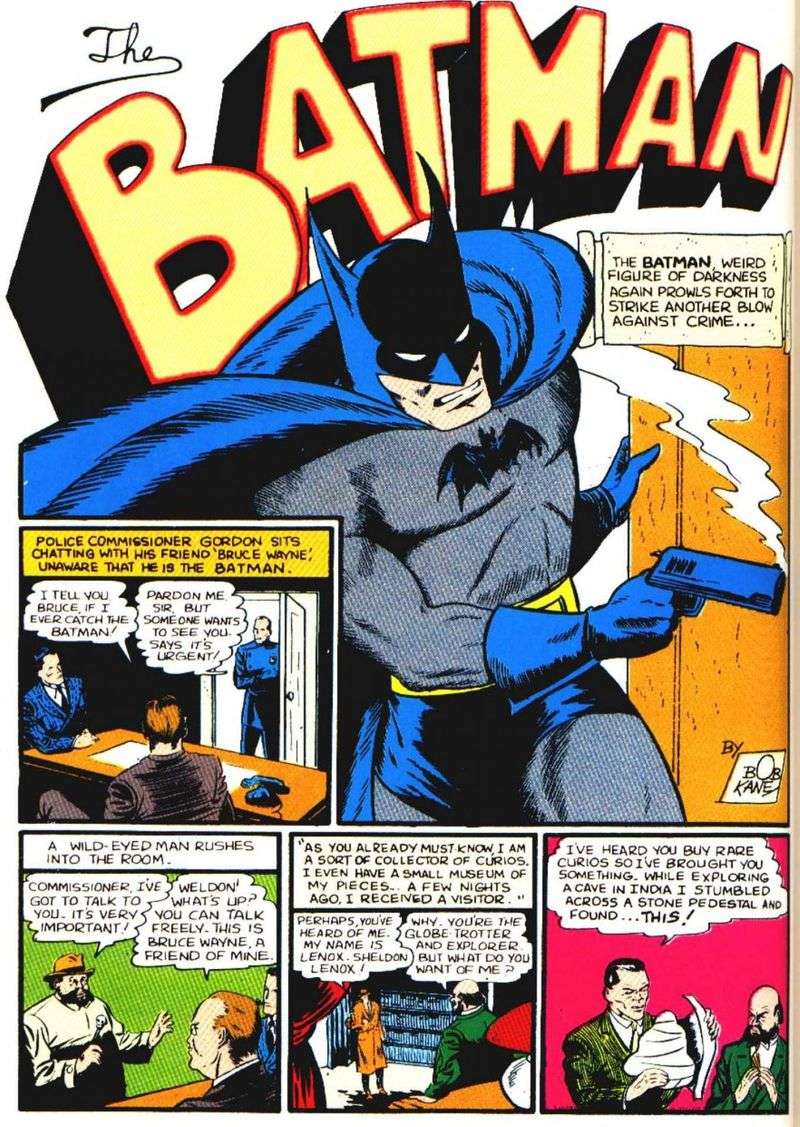
Comic books were often frowned upon, seen as less educational than traditional literature. Many parents and teachers believed they distracted from more serious reading materials.
Despite this, they held an allure for kids, with colorful illustrations and engaging stories. Sneaking a flashlight read under the covers wasn’t uncommon.
Today, comics and graphic novels are celebrated for their artistic and narrative contributions. This shift acknowledges diverse forms of literacy and storytelling, validating varied interests and learning styles.
10. Eating Junk Food Regularly
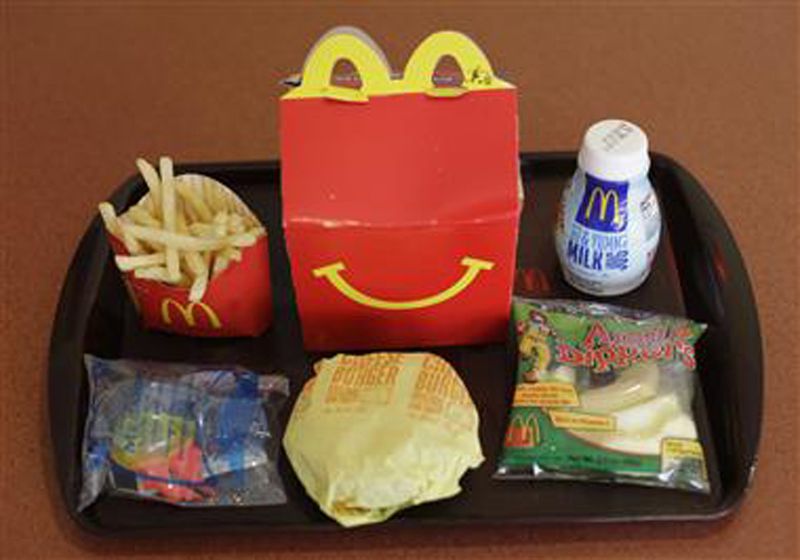
Sweets and snacks were often limited, with parents promoting healthier diets. Junk food was viewed as a treat, not a daily indulgence.
Parents were concerned about nutrition, aiming to instill healthy eating habits early on. Treats were reserved for special occasions like birthdays or outings.
Today’s landscape is more diverse, with a broader understanding of balanced diets. This evolution highlights ongoing discussions about childhood nutrition and health awareness.
11. Driving at a Young Age
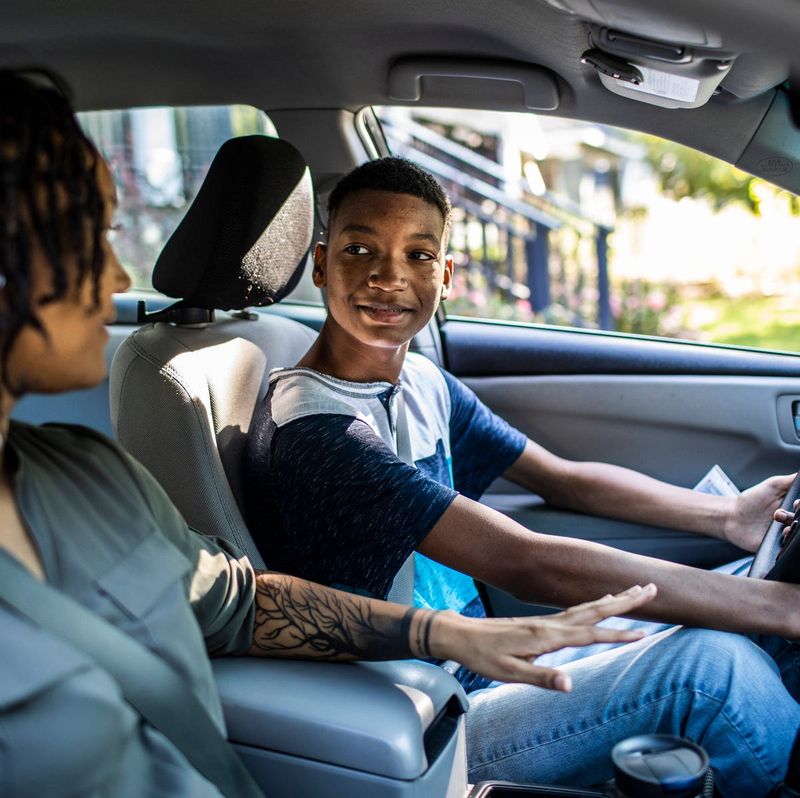
Driving was a milestone, and teens eagerly awaited reaching the legal age. Strict rules were in place, ensuring kids didn’t drive before they were ready.
Parents emphasized safety and the responsibilities that came with driving. Until reaching the appropriate age and obtaining a license, even sitting in the driver’s seat was often off-limits.
Current driving education focuses on safety and skill, continuing the legacy of responsible driving practices. This ongoing emphasis on safe driving underscores its importance across generations.
12. Socializing in Unsupervised Settings
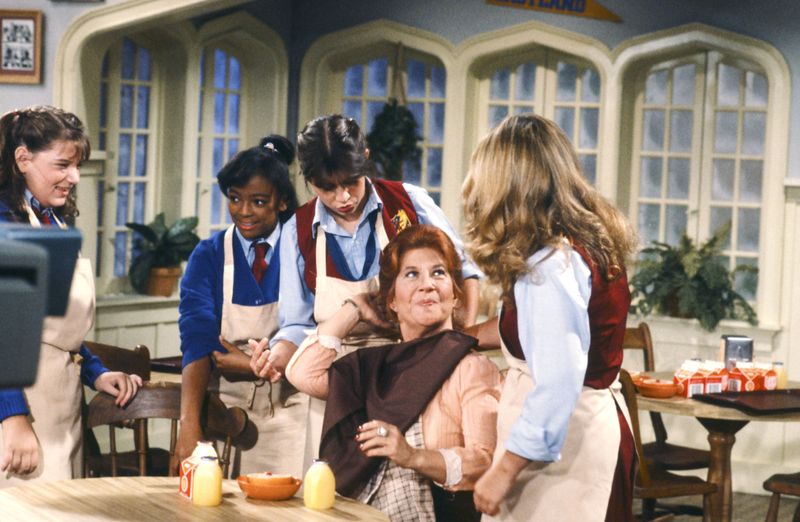
Social interactions were often supervised, with parents attending gatherings or events. Unsupervised outings were rare, reflecting concerns over safety and social influences.
Adults were keen on protecting kids from negative influences, ensuring safe and wholesome interactions. Supervised playdates or group activities were common.
Today, there’s more freedom in youth socialization, supported by advances in communication and safety measures. This reflects an increased trust in young people’s judgment and independence.

